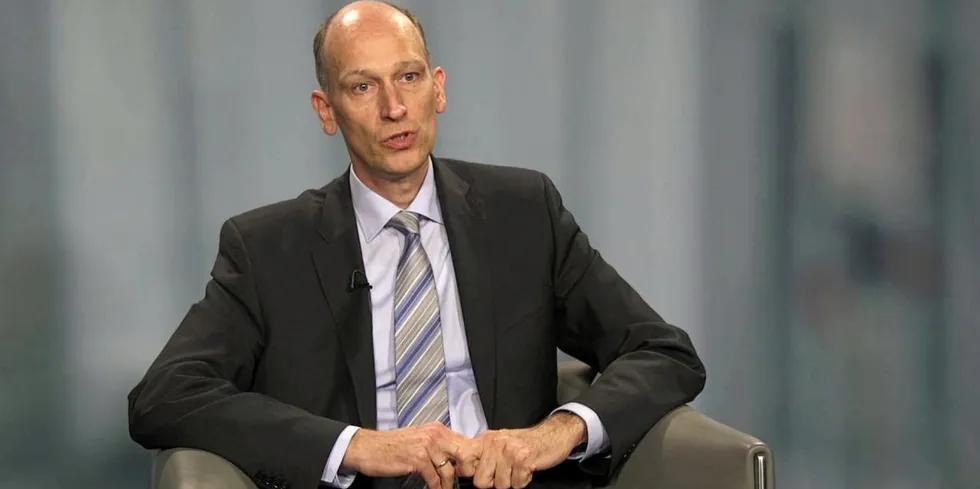‘Importing wind and solar power from Russia and Middle East would be Europe’s cheapest route to net zero’
The EU's aim to fully decarbonise by 2050 will require high-voltage intercontinental interconnection, rather than huge amounts of hydrogen, Hitachi ABB Power Grids chief technology officer Gerhard Salge tells Recharge
